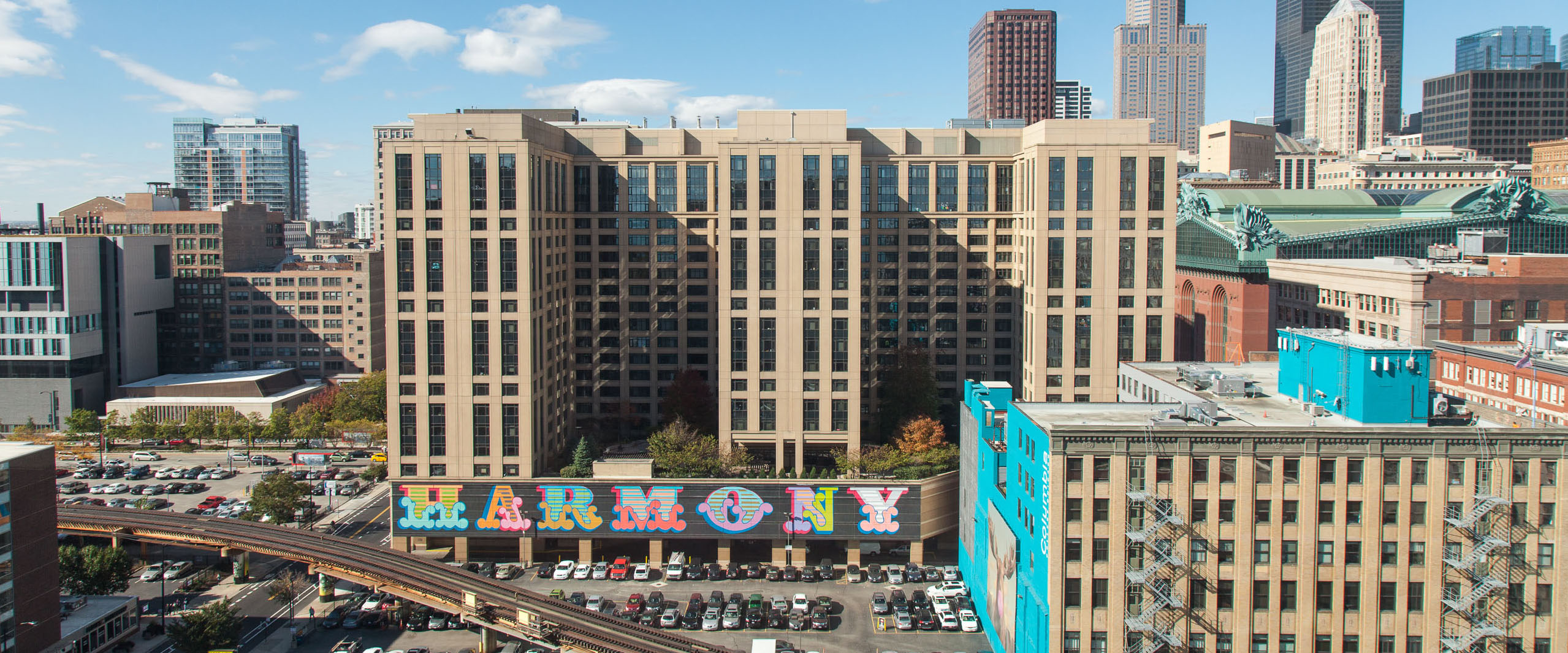
International Student and Scholar Services’ (ISSS) mission is to provide a nurturing and supportive living and learning environment for Columbia College Chicago's international student community through advocacy, services, programming, and advising.
Traveling Internationally?
Don't forget to get your travel signature on your I-20 or DS-2019. Travel signatures are good for 1 year except for students on Post-Completion OPT who require a signature every 6 months. You may either stop by our office at 618 S. Michigan Ave. 4th floor for an in-person signature or request an updated I-20 via e-mail.
Have you recently moved? Don't forget to update your address in Chicago.
Have you recently moved? Your mailing address in MyColumbia must reflect your current address in Chicago. Your student visa requires that you update your address within 10 days of moving. If you have recently moved, make sure you update your mailing address by following these steps:
Go to MyColumbia ➡ Personal Information ➡ Mailing Address
Once you have updated your mailing address, International Student & Scholar Services will automatically receive a notification with the new address and will update your address in SEVIS. If you have any questions or concerns, please contact isss@colum.edu .